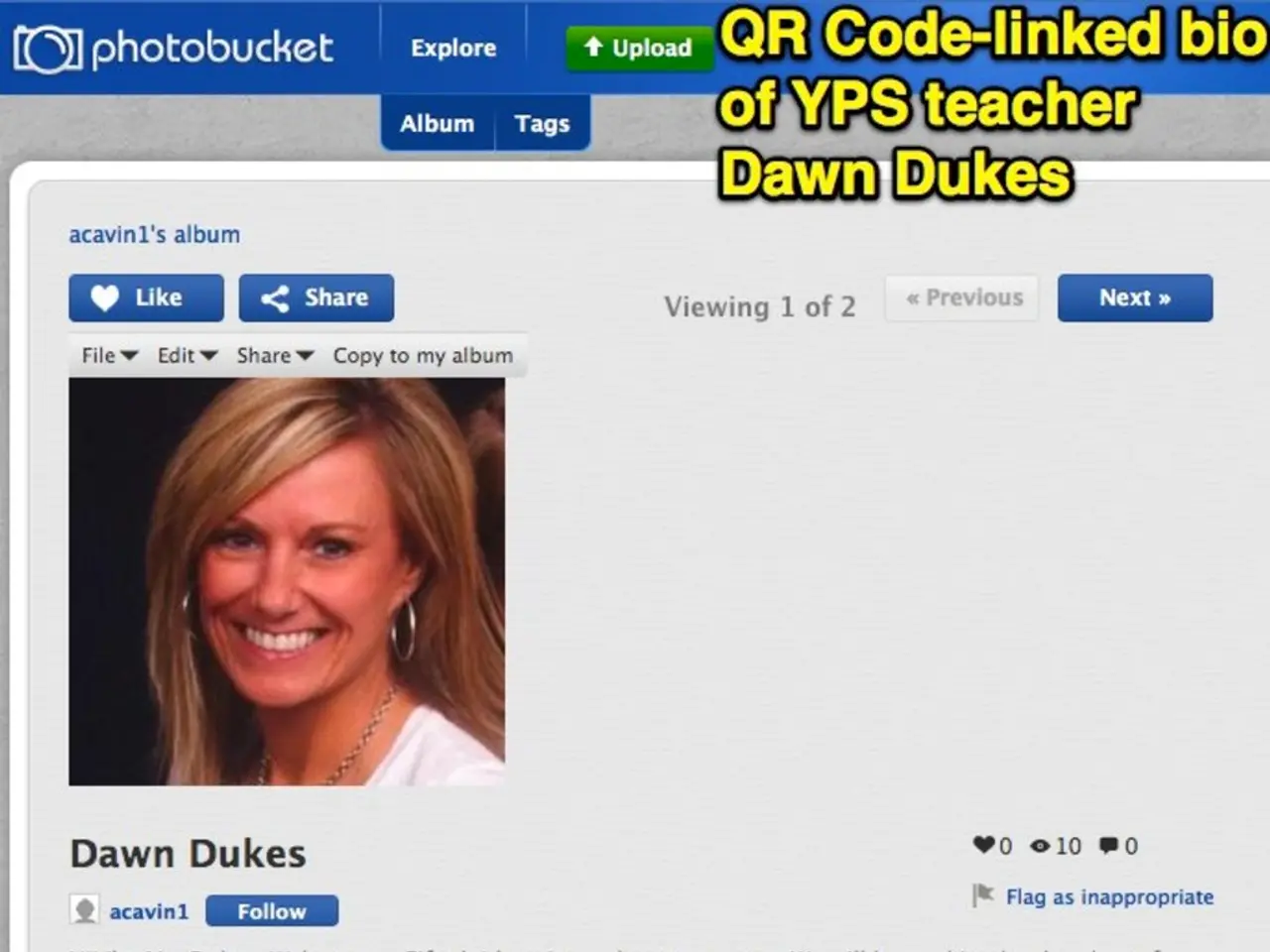Enhancing Trust in Healthcare Through Social Media: Strategies to bolster patient confidence in digital healthcare interactions
In today's digital age, healthcare providers can effectively engage with their audience by harnessing the power of social media. Here are some key approaches and content ideas that can help boost credibility, enhance patient engagement, and foster meaningful health conversations while staying compliant with healthcare regulations.
Choosing the Right Platforms
Selecting the right social media platforms is crucial. Facebook offers a wide reach and interactive features like polls and live videos, making it ideal for a diverse audience. Twitter is perfect for sharing breaking news, engaging with healthcare influencers, and utilizing hashtags to amplify reach. Instagram is ideal for visual storytelling with before/after cases, behind-the-scenes content, and short videos or Reels. TikTok is best for targeting younger demographics with short, educational, and entertaining clips, while YouTube is suitable for long-form educational content, procedure walkthroughs, and physician Q&As.
Content Ideas
Sharing health tips, wellness reminders, and answers to FAQs can establish authority and trust. Posting success stories and patient testimonials with consent helps build credibility and relatability. Creating "doctor responds" or expert commentary videos on trending topics or popular health misconceptions can attract engagement. Hosting live Q&A or AMA sessions encourages direct patient interaction and addresses personal health questions.
Compliance Tips
Always protect patient privacy by never sharing identifiable patient information without explicit consent. Ensure all shared medical advice is accurate, evidence-based, and does not replace personalized medical consultation to avoid liability. Stay updated with regulations like HIPAA and institutional policies on social media use. Avoid making direct diagnoses or urgent medical claims on public platforms.
Technology Solutions
Leverage analytics tools provided by social platforms to track engagement, refine content strategies, and identify patient demographics. Targeted advertising helps reach specific patient groups based on age, location, interests, or health conditions. Employ content scheduling and management software for consistent posting and timely responses. Use live-streaming technologies for real-time interaction and enhanced patient engagement.
By combining these strategies, healthcare providers can boost their online credibility, deepen patient engagement, and drive meaningful conversations about health and well-being while staying compliant with healthcare regulations.
Staying Ahead of Trends
Keeping an eye on emerging platforms and new content formats, adapting quickly to changing patient expectations and algorithm updates, and continuously learning and refining the approach based on data-driven insights are ways to stay ahead of trends.
Growing a Digital Presence
Dedication and creativity can help grow a digital presence and enhance the overall patient experience. Actively listening to the audience can help identify areas for improvement and refine services. Automating repetitive tasks, ensuring consistency in tone, and gaining actionable insights through analytics dashboards are benefits of using automation tools. Modern scheduling tools simplify managing multiple social media accounts.
Humanizing a Healthcare Practice
Highlighting everyday moments, such as staff celebrating milestones or volunteering in the community, can humanize a healthcare practice. Establishing a unified system to monitor all interactions across platforms and ensure timely, compassionate responses is important. Addressing negative comments empathetically and professionally is a best practice for managing reviews.
Measuring Impact
Defining key performance indicators (KPIs) aligned with organizational goals is important for measuring the impact of a social media strategy. These KPIs could include engagement rates, follower growth, or patient satisfaction scores.
By implementing these practical strategies, healthcare providers can build a strong online presence, foster meaningful connections with their audience, and ultimately improve the overall patient experience.
In the realm of health-and-wellness, utilizing social media for entertainment purposes can also be beneficial. Sharing light-hearted videos, infographics, or comics that educate about health can captivate audiences, helping to demystify complex topics and make them more accessible.
Moreover, integrating science into social media discussions can lend a sense of credibility to health content. By referencing reputable scientific studies, healthcare providers can demonstrate a deep understanding of their field and engage their audience in informed dialogues about health and well-being.




